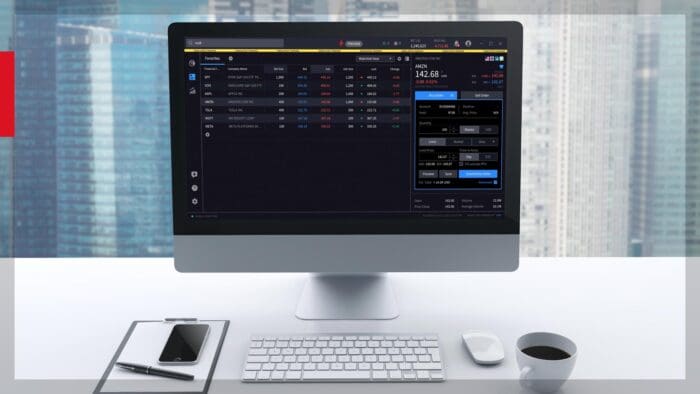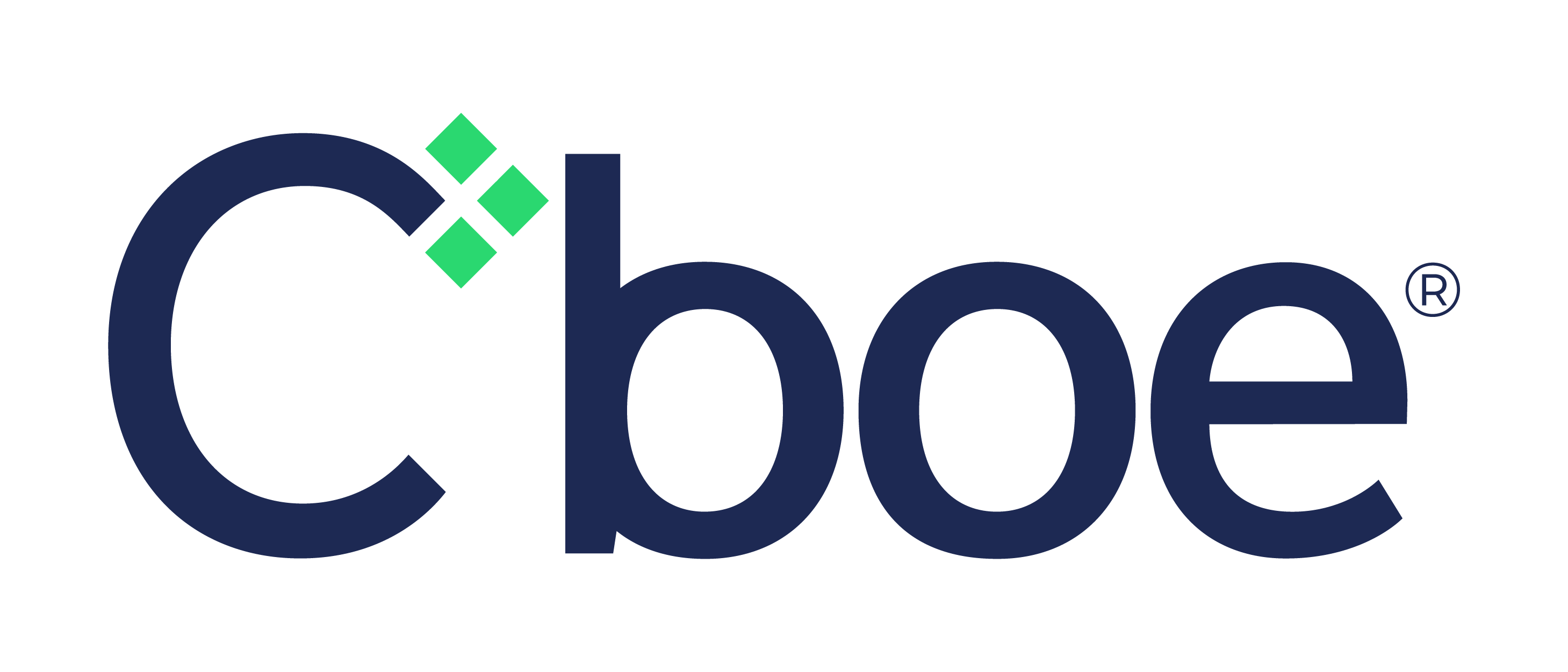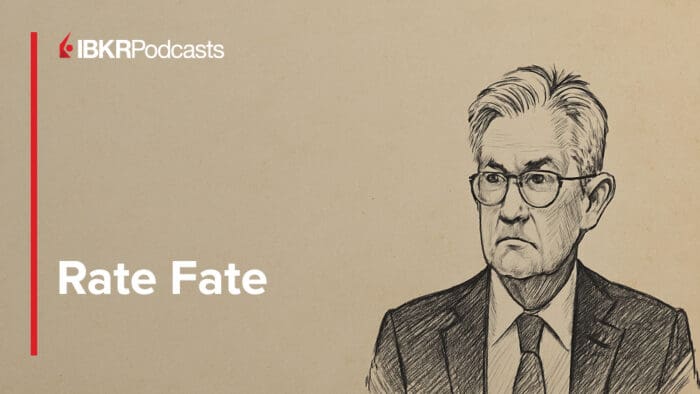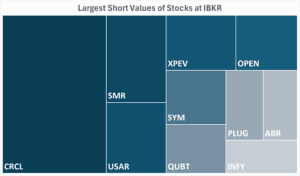Guest Author: Bill Speth, Portfolio Manager, Bosun Options Solutions
Toward the end of 2024, many Bosun clients shifted their focus from capital appreciation to capital preservation amid growing concerns about a stock market correction. In recent months, a number of sell-side firms have lowered both short- and long-term forecasts for the U.S. stock market. Goldman Sachs has estimated that the S&P 500 will deliver an annualized nominal total return of 3% over the next 10 years1. Over the last 10 years, annualized returns were 13%.
Some investors who desire to reduce risk will simply sell their riskier holdings and replace them with safer assets.
But many investors are unable or unwilling to do so. For example, investors who purchased shares at a low basis would face a significant tax event were they to sell their stock. Additionally, they may have an affinity for being a shareholder in a company they have owned for a long time.
Options-based hedges provide investors with the opportunity to hedge risk while minimizing stock sales.
The following is meant to serve as a guide to how Bosun thinks about option-based hedging.
An Introduction to Option-Based Hedging
Hedging involves taking a position in one or more financial instruments that will directly offset losses in a related asset. Options are particularly useful tools with which to construct hedging strategies. With thousands of unique contract terms available for each security, one can create hedges that target precise levels of protection and cost.
The table below lists three option strategies commonly used for hedging, each with a different balance of protection and cost.

Payoff diagram icons shown under “Option Strategy” header are illustrative and not meant to describe precise payoffs. Shapes of payoff diagrams and strategy descriptions apply only to investments held until option expiration.
Past performance is not indicative of future results
Like other forms of insurance, investment protection is not free. Buying a put requires an up-front payment in the form of the option’s premium but there is no limit to future upside appreciation. There is also a very real possibility that the actual down move doesn’t take place immediately and you may need to maintain a hedge for several months. We find that few investors are willing to use this strategy.
Collars, on the other hand, tend to be more appealing. They can be structured with minimal or no initial cost, though they come with limited upside potential. Buffered collars provide protection over a limited range of stock price moves and improved upside participation compared to a standard collar. Investors who place a high value on potential upside often prefer buffers to collars.
Buffered Protection Collar – A Case Study
Bosun recently helped a client hedge a blue chip stock in their portfolio. The client wanted to protect the gains accrued over many years but did not want to pay substantial capital gains taxes as a result of selling shares. They were willing to accept some losses if the stock fell but wanted to hedge against a major drawdown. The client’s long-term outlook was positive, so they would look to be a buyer of additional shares if the price fell by at least 30%. They also requested a hedge with minimal cost, provided the structure offered meaningful potential for upside appreciation.
Bosun initiated a buffer protection structure intended to hedge losses in stock over a range of 8% down to 29% down until January 2026. Bosun eliminated the risk of selling stock as a result of an option exercise by using European-style FLEX options. The figure below illustrates the defined payout of the hedge if held to maturity. The hedge offers:
- No protection for the first 8% of losses,
- Full protection from 8% to 29% of losses
- No additional protection if the stock falls more than 29%
In return for receiving this protection, the client accepts a maximum upside potential of 22% above the then-current price of the stock.

Source: Bosun’s calculations based on data from FactSet, as of 2/24/2025. All figures net of fees based on end-of-period balance. Requires holding investment strategy to expiration to get payoff shown.
Past performance is not indicative of future results
Interim Results
Through the close on Thursday March 13, the stock was down 9% from its price when the hedge was initiated. By comparison, the buffer strategy was down just 4%.

Past performance is not indicative of future results
This means the hedge has helped the investor reduce stock losses by more than 50% so far.
Strategy Considerations
Strategy Time Horizon
The primary advantage to running strategies with a longer length to maturity is that the options have more time premium. Because the investor is selling two options and buying one, the extra time buys more potential upside relative to a structure with a shorter maturity.
The primary disadvantage is that longer dated buffer protection structures take longer to maximize their value.
Exiting a Hedge Early
The figure below shows the estimated performance of a buffer with protection between 10% and 30% down and an upside cap of 22%. The hedge kicks in well before the 10% “deductible” is achieved. Notice that the expected hedge returns at 10 months, 4 months and 1 month to expiration are greater than expected returns at maturity until about halfway through the protection buffer range.

“10M” reflects the estimated performance of the buffer hedging strategy 10 months prior to maturity, “4M” represents 4 months prior to maturity, and “1M” represents 1 month prior to maturity. Expected returns shown are estimates based on forward projections of option implied volatilities at different strike price levels and maturity dates. Actual option pricing may vary substantially from these estimates. Price data for estimates sourced from FactSet.
Past performance is not indicative of future results
If a stock falls substantially prior to expiration, it may be rational for an investor to exit a hedge early. Bosun recommends that once a client has received about 90% of the maximum value of their hedge, the investor should consider exiting.
The hedge might need other adjustments as the stock price moves, especially if it rises above the strike price of the call option. If the hedge doesn’t provide the level of protection needed due to stock price movement, Bosun may recommend that the client close the existing hedge and open a new hedge with a longer maturity and different protection ranges and upside levels. This would allow more time for the stock price to fluctuate while still providing protection.
The ability to exit early and adjust at any time is a key reason some investors use options to manage risk of their concentrated positions.
Path Dependency
Because options have an expiration date, the timing of an underlying price move is critical to strategy performance. For example, if a big down move takes place a day after a hedge expires, the return will look much different than if it took place a few days earlier. As such, Bosun advises clients to use overlapping tranches of hedge protection spaced out in time to smooth the impact of path dependency. This approach also allows for an averaging effect of strike exposures as the underlying price moves up and down over time.
Final Thoughts
As investors face uncertain market conditions and heightened concerns about potential corrections, option-based hedging strategies provide a flexible and effective way to manage risk while retaining exposure to potential upside. Whether through buffered collars or other option structures, these strategies allow clients to protect against significant down-side while minimizing the need for asset sales, which can have tax implications or disrupt long-term ownership preferences. Bosun’s approach emphasizes flexibility, with the ability to adjust hedges as market conditions evolve, and the option to exit a hedge early once it has fulfilled its protective function. By carefully considering time horizons, protection levels, and the dynamics of the market, investors can strategically safeguard their portfolios while positioning themselves for future growth.
—
Originally Posted April 22, 2025 – Tax-Aware Hedging with Options
[1] Goldman Sachs, GLOBAL STRATEGY PAPER NO. 71 Updating our long-term return forecast for US equities to incorporate the current high level of market concentration. October 18, 2024.
Disclosure: Cboe Global Markets
Options involve risk and are not suitable for all investors. Prior to buying or selling an option, a person must receive a copy of Characteristics and Risks of Standardized Options. Copies are available from your broker, or at www.theocc.com. The information in this program is provided solely for general education and information purposes. No statement within the program should be construed as a recommendation to buy or sell a security or to provide investment advice. The opinions expressed in this program are solely the opinions of the participants, and do not necessarily reflect the opinions of Cboe or any of its subsidiaries or affiliates. You agree that under no circumstances will Cboe or its affiliates, or their respective directors, officers, trading permit holders, employees, and agents, be liable for any loss or damage caused by your reliance on information obtained from the program.
Copyright © 2023 Chicago Board Options Exchange, Incorporated. All rights reserved.
Disclosure: Interactive Brokers Third Party
Information posted on IBKR Campus that is provided by third-parties does NOT constitute a recommendation that you should contract for the services of that third party. Third-party participants who contribute to IBKR Campus are independent of Interactive Brokers and Interactive Brokers does not make any representations or warranties concerning the services offered, their past or future performance, or the accuracy of the information provided by the third party. Past performance is no guarantee of future results.
This material is from Cboe Global Markets and is being posted with its permission. The views expressed in this material are solely those of the author and/or Cboe Global Markets and Interactive Brokers is not endorsing or recommending any investment or trading discussed in the material. This material is not and should not be construed as an offer to buy or sell any security. It should not be construed as research or investment advice or a recommendation to buy, sell or hold any security or commodity. This material does not and is not intended to take into account the particular financial conditions, investment objectives or requirements of individual customers. Before acting on this material, you should consider whether it is suitable for your particular circumstances and, as necessary, seek professional advice.
Disclosure: Options Trading
Options involve risk and are not suitable for all investors. For information on the uses and risks of options read the "Characteristics and Risks of Standardized Options" also known as the options disclosure document (ODD). Multiple leg strategies, including spreads, will incur multiple transaction costs.


















Join The Conversation
If you have a general question, it may already be covered in our FAQs page. go to: IBKR Ireland FAQs or IBKR U.K. FAQs. If you have an account-specific question or concern, please reach out to Client Services: IBKR Ireland or IBKR U.K..
Visit IBKR U.K. Open an IBKR U.K. Account